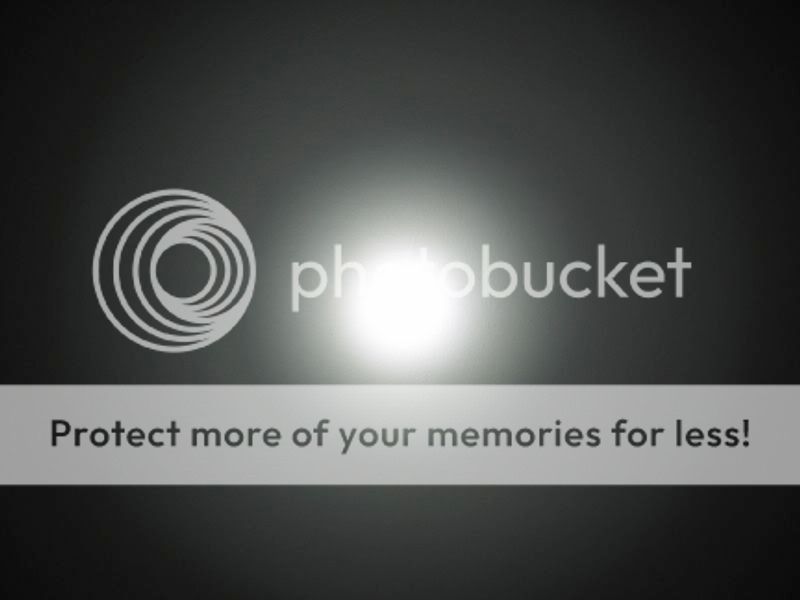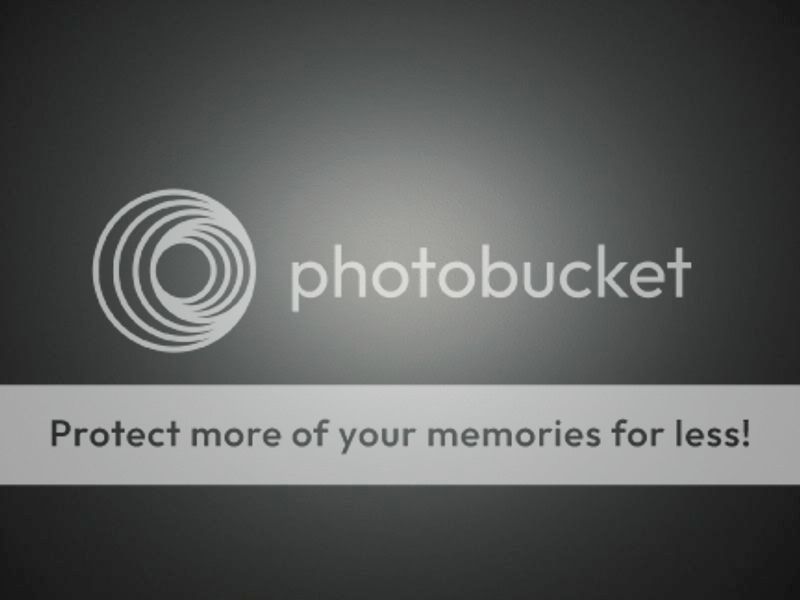Aluminum's reflectivity is pretty high, even matte aluminum is upwards of 80% efficient. Polished aluminum can be as high as 99.6% (This is hard to reach though as pretty much only vapor deposited aluminum can achieve this, same as our coated reflectors) So my sanded and polished reflector is somewhere between 80% and ~95%. I'd say 90% since it's actually pretty polished, the picture makes it look more matte than it really is. And my camera light meter can't discern a difference in brightness from a ceiling bounce test so I'd say it's efficiency is up there.
The only forseeable problem is that the more diffused light going through the glass means more light at greater than incidence angle will be reflected back in, but this is negigible. There is a similar problem with the tape, it may diffuse the light some but you suffer actually more internal reflection problems because there are now 3 different refractive indices to go through, you've got tape, glue and glass. Assuming 15% loss at each layer that's only 61% of light going through. Verses only 2 losses on a sanded reflector which if 90% for the aluminum and 15% for the glass means 76.5% of light going through.
I don't think you should knock sanding and polishing a reflector especially since a similar finish is found on my inova lights, and those engineers scrutinized the design far more than I have.





 now why didn't I think of that ideas. Now I'm off to cut some circles.................
now why didn't I think of that ideas. Now I'm off to cut some circles.................
